With Wilderness’ announcement of its further commitment to the Lionscape Coalition in February 2020, we are proud to share with you a felid-themed safari, photographed by Neuman Vasco on his journeys between Kalahari Plains Camp and the Mombo wildlife area.
The Lionscape Coalition works in partnership with the Lion Recovery Fund (LRF), which since its inception four years ago, has deployed more than USD8.2 million towards 86 projects run by 35 conservation partners across 20 countries. Based on the recent movements of the Plains Pride in the Central Kalahari Game Reserve we can proudly say that we are making a huge impact to create safer places for this IUCN-listed Vulnerable species.

The desert terrain in the Kalahari makes the waterhole in front of camp a communal jaunt for these lionesses . The only truly sociable species of the cat family, numbers have been recorded of up to 20 and more in a pride.
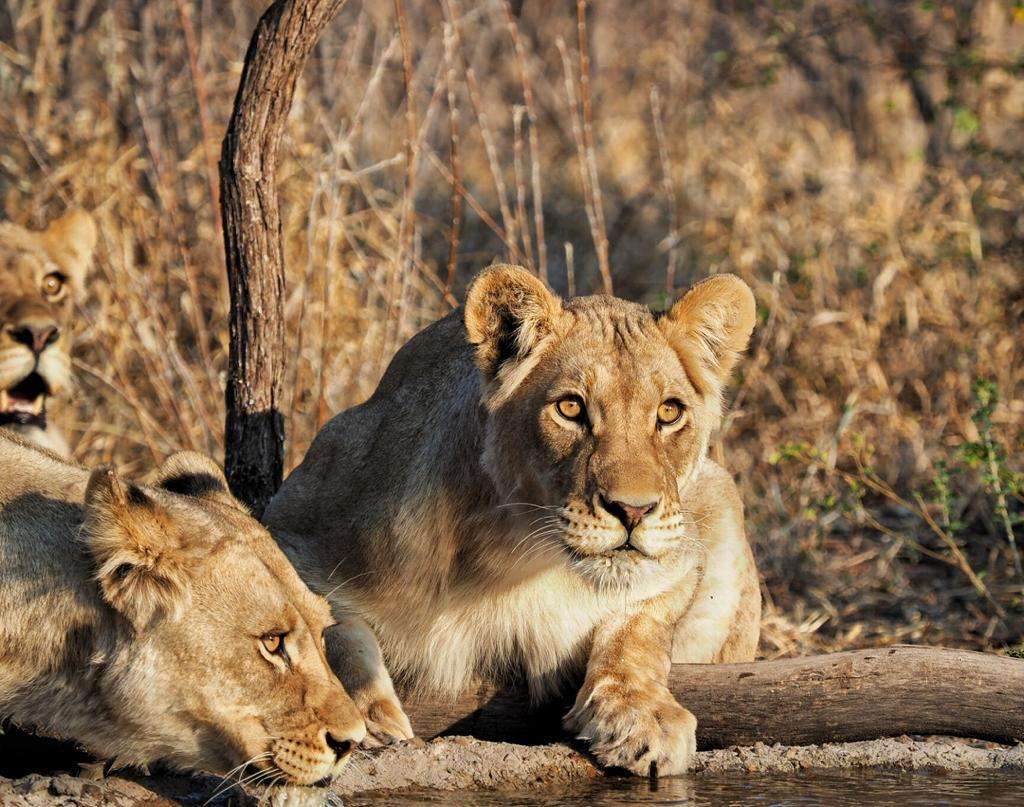
A pride consists of several generations of lionesses, some of which are related, but there is a definite family resemblance, wouldn’t you say?
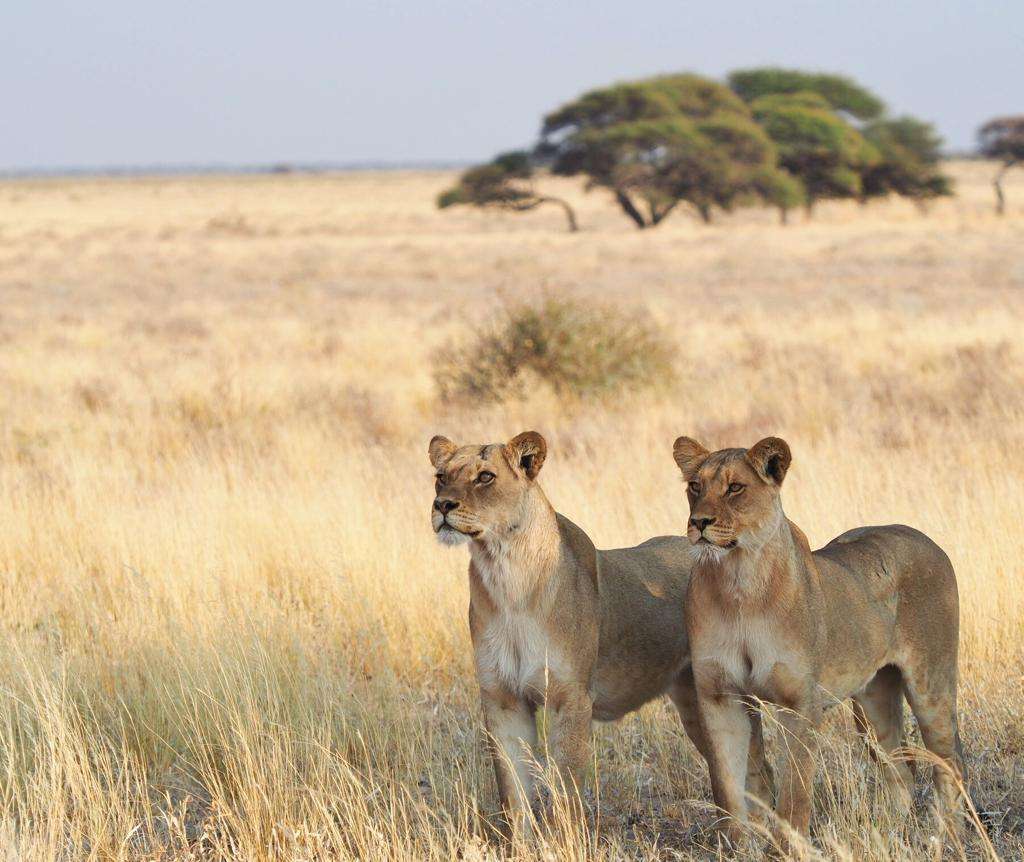
Though a group of hunting lions is potentially nature’s most formidable predatory force on land, typically, they are rather unsuccessful. Lionesses stalk their chosen prey from nearby and then burst into a short rapid rush to run it down, but tire quickly.
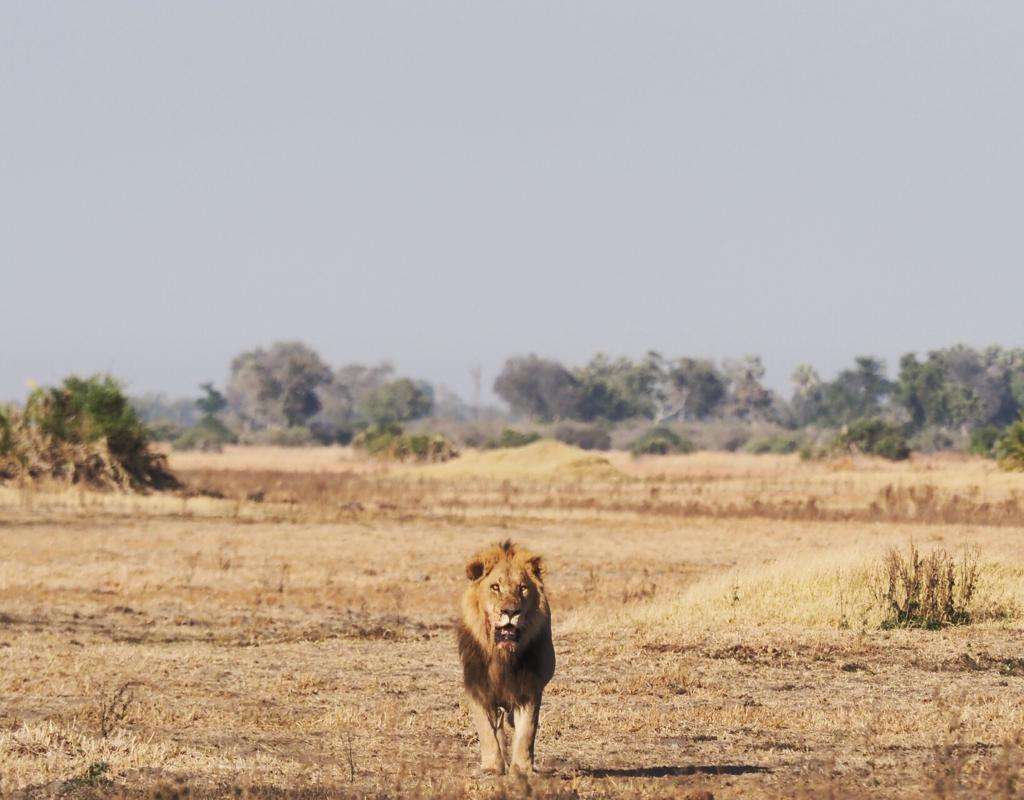
The black-maned lion is typical to the Kalahari Desert, and is characterised by long legs, a lean body and an almost pitch-black mane
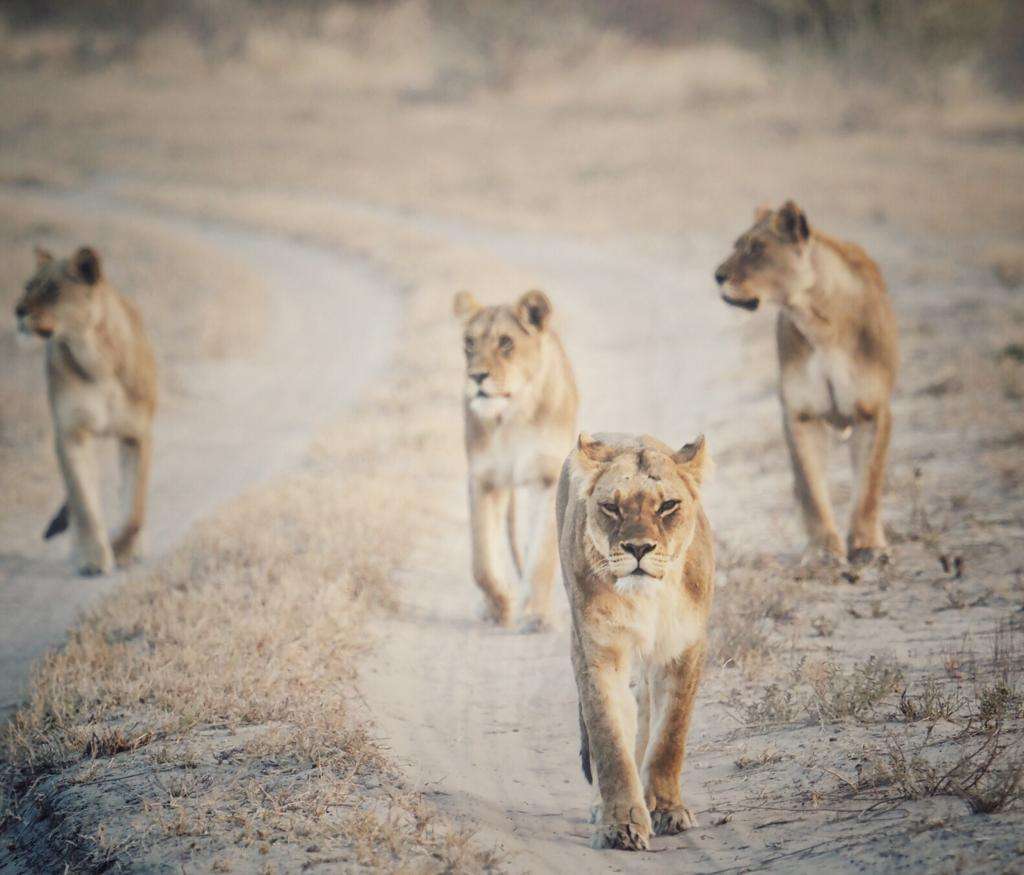
Human wildlife-conflict is one of the biggest threats to the population of these animals and is also one of our ‘Whys of Wilderness’. This is also another reason we are proud to have partnered with the Lion Recovery Fund in our efforts to protect the future of this apex predator.
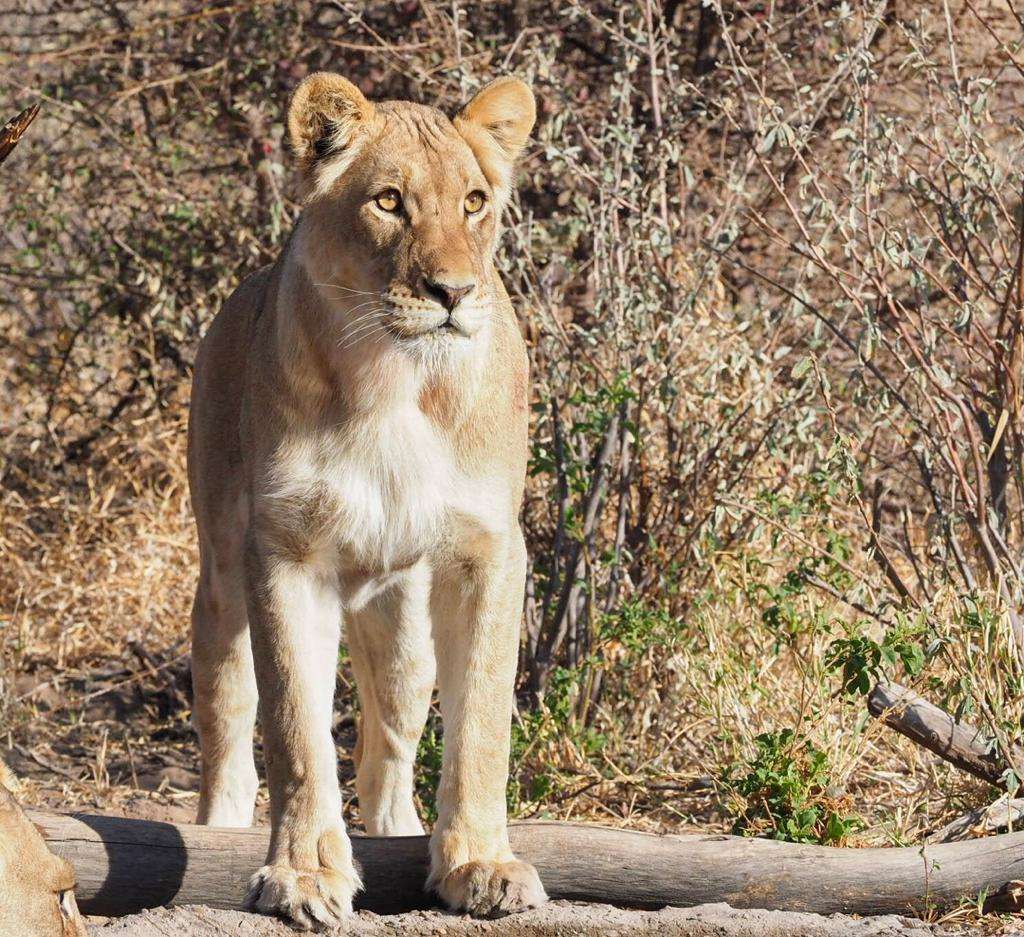
In the last 25 years, half of the world’s lion population has been lost. Population numbers have dropped from 40 000 in 1994 to approximately 20 000 in 2019. Our aim with our partners in the Lion Recovery Fund is to double the number of Africa’s lions by 2050. Find out how we plan do to this here.

Education and awareness are the key issues addressed when looking at human-lion conflict, teaching farmers the benefits of keeping these cats safe, and emphasising how co-existence can benefit everyone when we work together to prevent human-wildlife conflict.
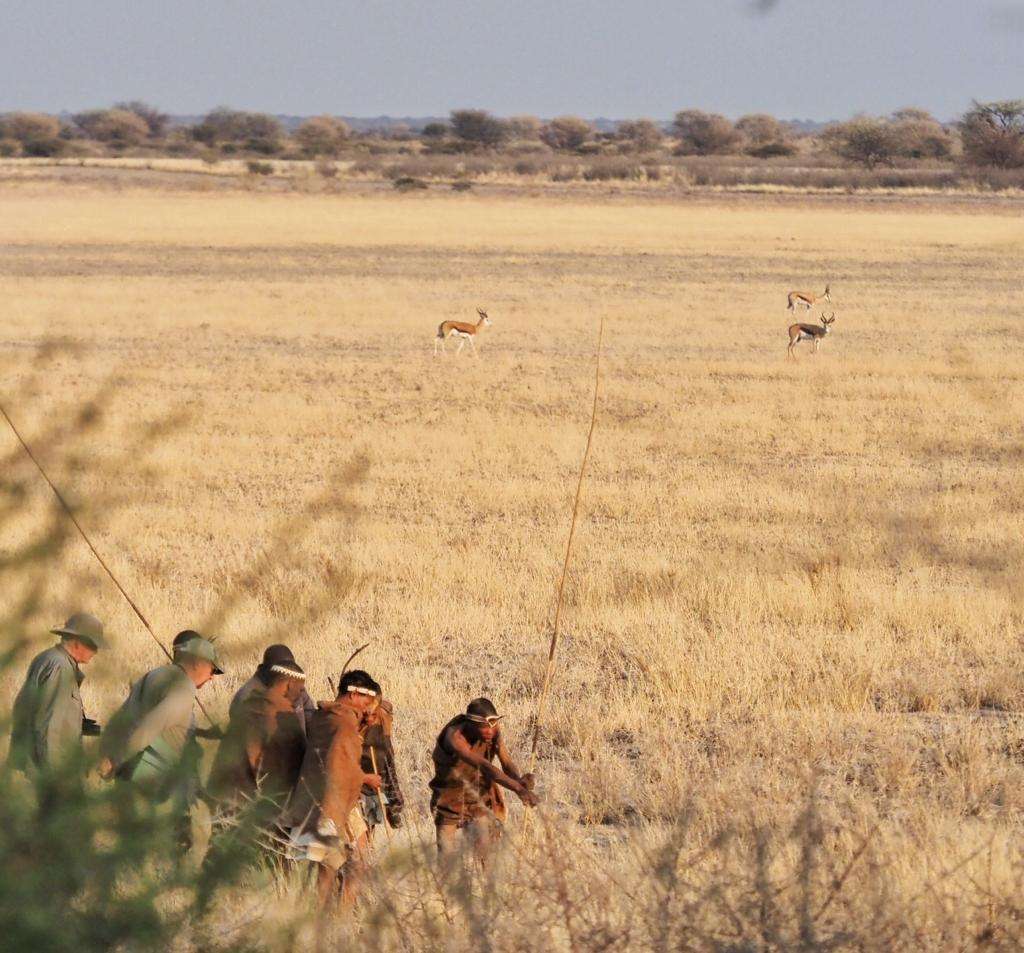
A stay at Kalahari Plains is also about experiencing the culture and traditions of the San Bushmen who, to this day, live in the Kalahari. A few of our staff who descend from this culture offer an interactive San experience at the camp. Enjoy an immersive walk and relive their ancient and fascinating ways – you’ll leave with a few new skills too!
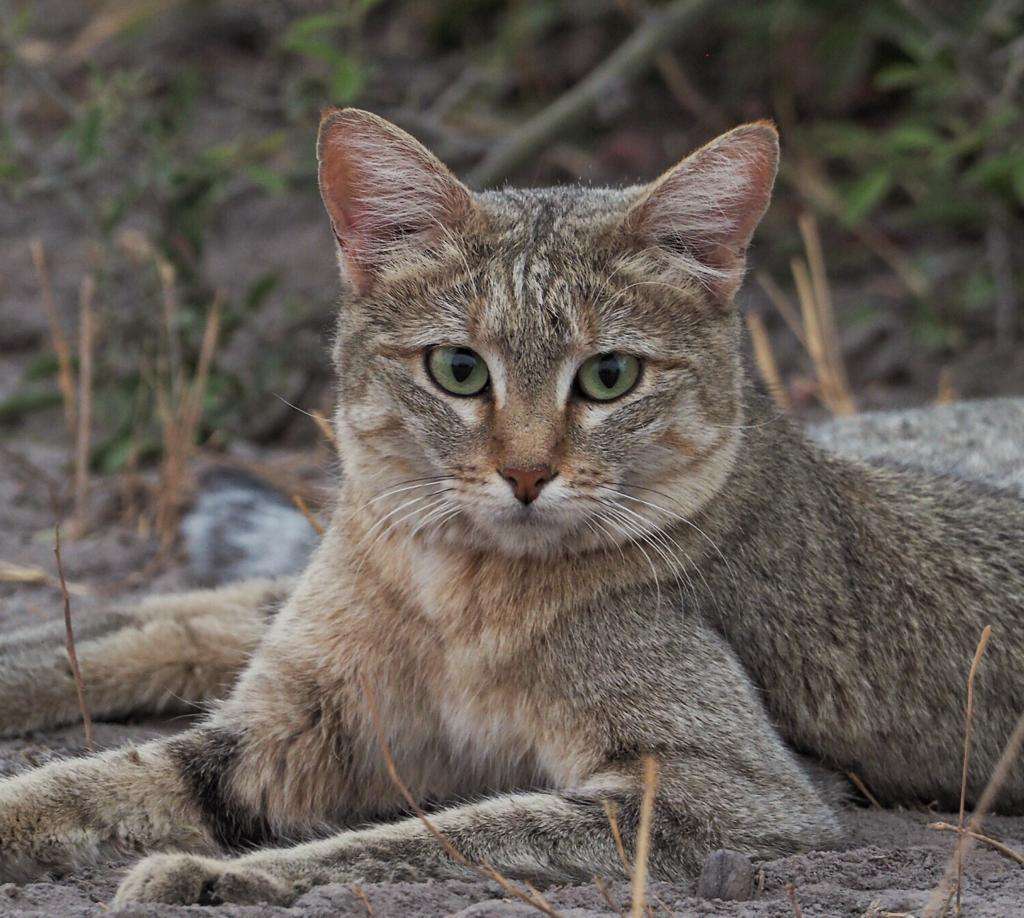
The African wild cat is easily mistaken for a domestic cat, but can be identified by the striking pink of the inner ear
As it is known as the “Place of Plenty,” Mombo is rife with lion and leopard sightings, and the concession is full of cubs at the moment too. Resident leopard Marothodi and her cub were seen hanging around Tippy Road, while her aunt Phefu and her cubs were sighted around Vulture’s Baobab, while not to be forgotten ol’ Blue Eyes Junior, who has been seen around the Sage Pan area.
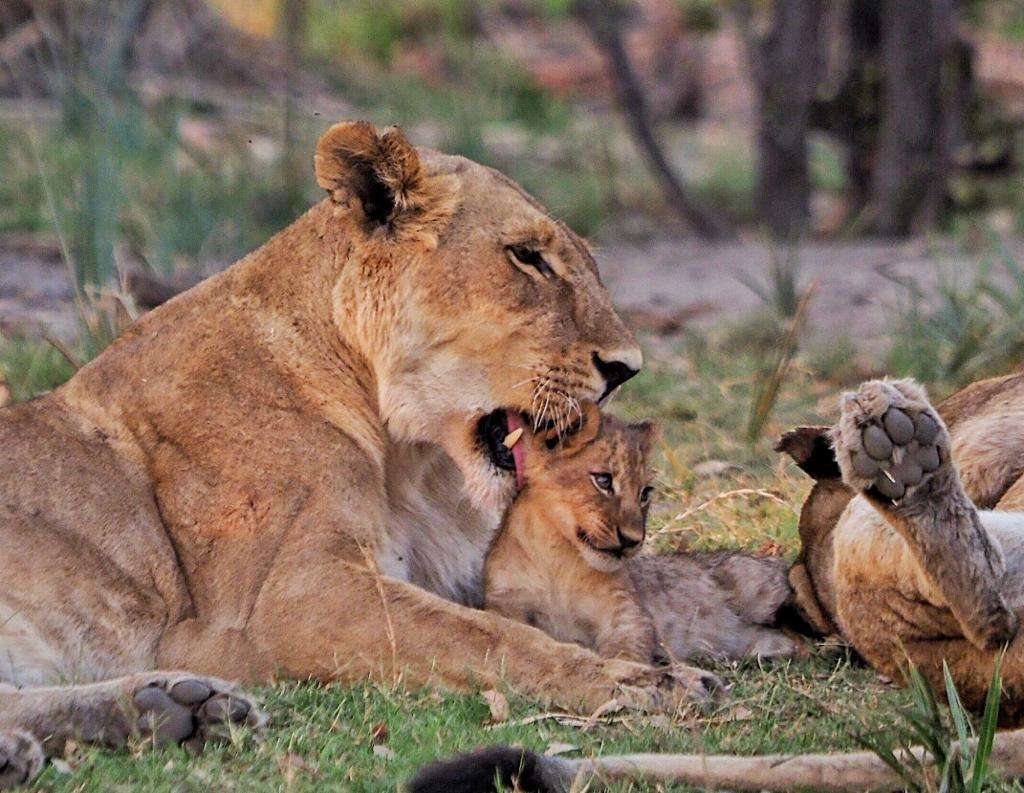
When lions greet each other and play together, they make lots of amusing noises – like hums and puffs – to show they are happy, similar to that of a domestic cat
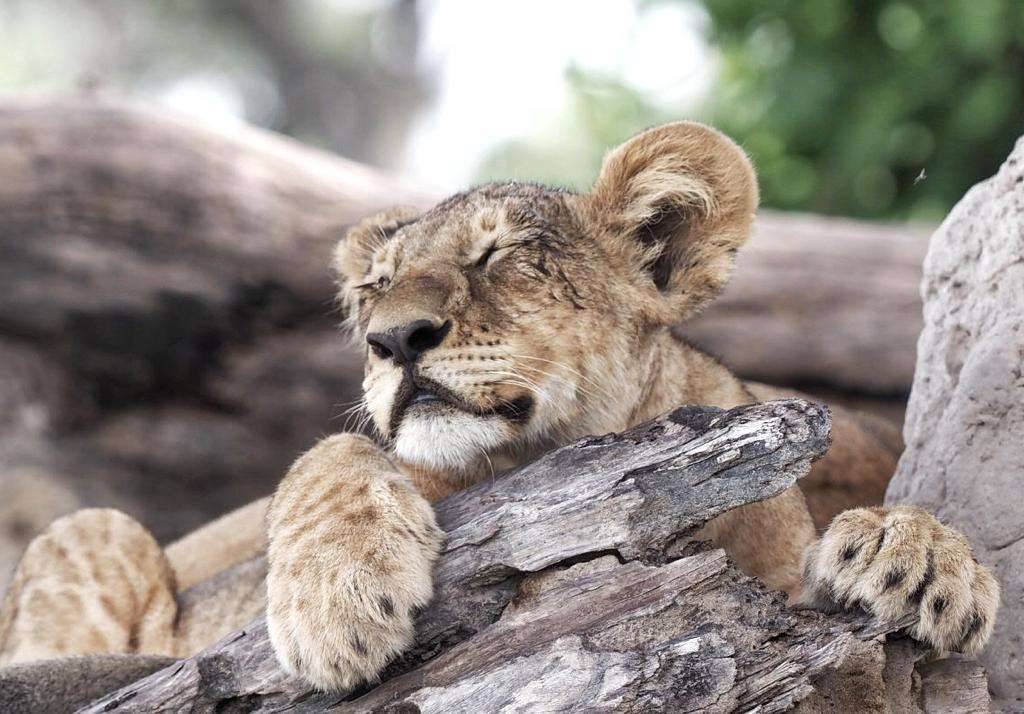
There is something serene about seeing cubs in the wilderness – it’s truly soul-touching and heart-warming. Their playful wrestling is all part of their training for the day when they are big enough to take down a buffalo – though now it merely looks entertaining and, quite frankly, adorable.
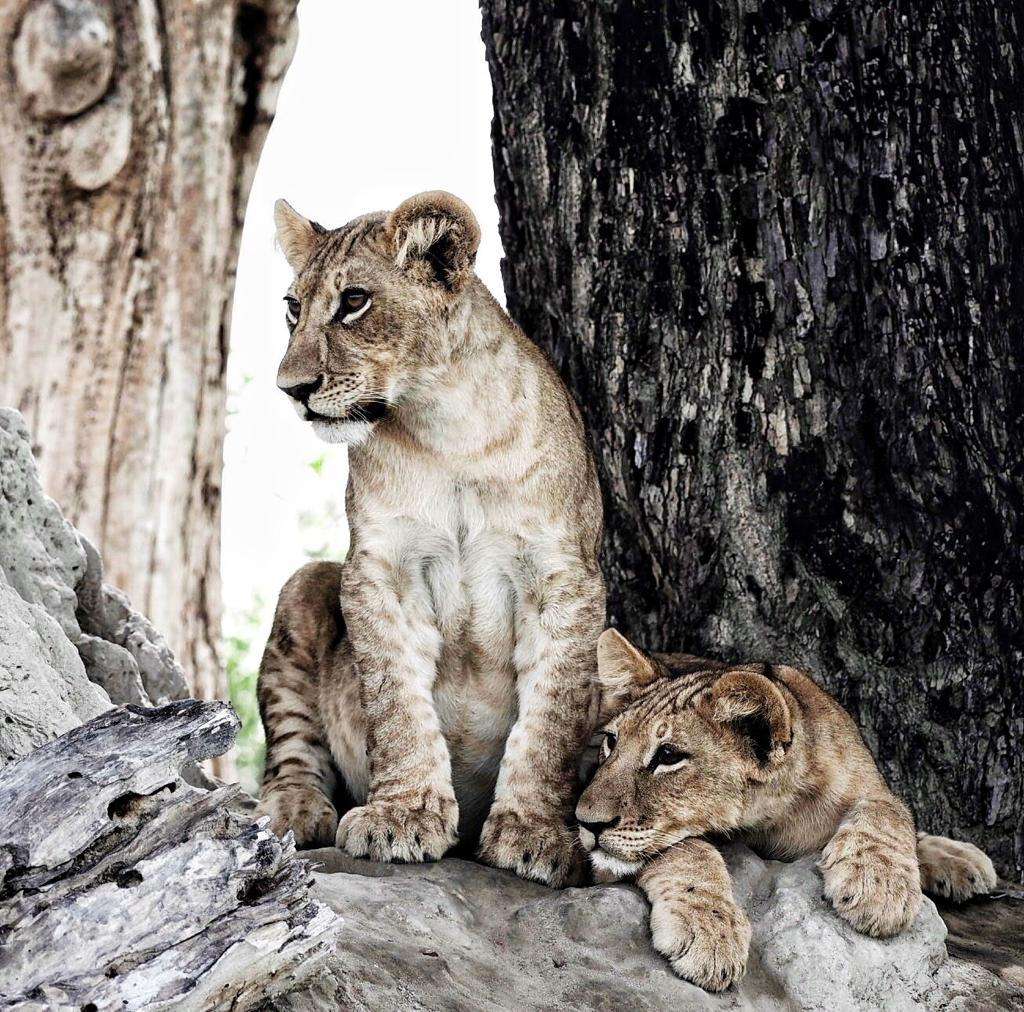
Lion cubs are born with tawny spots which eventually disappear as they grow older
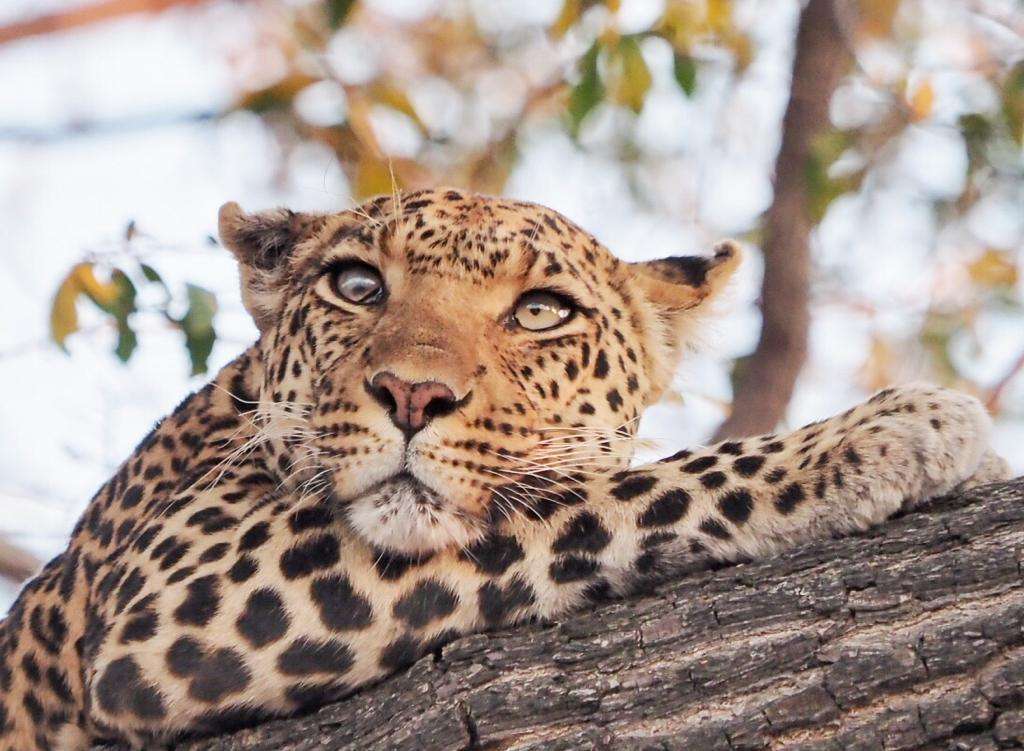
There is something so tranquil about a leopard at rest. Like all predators (humans included), they have forward-facing eyes for binocular and peripheral vision
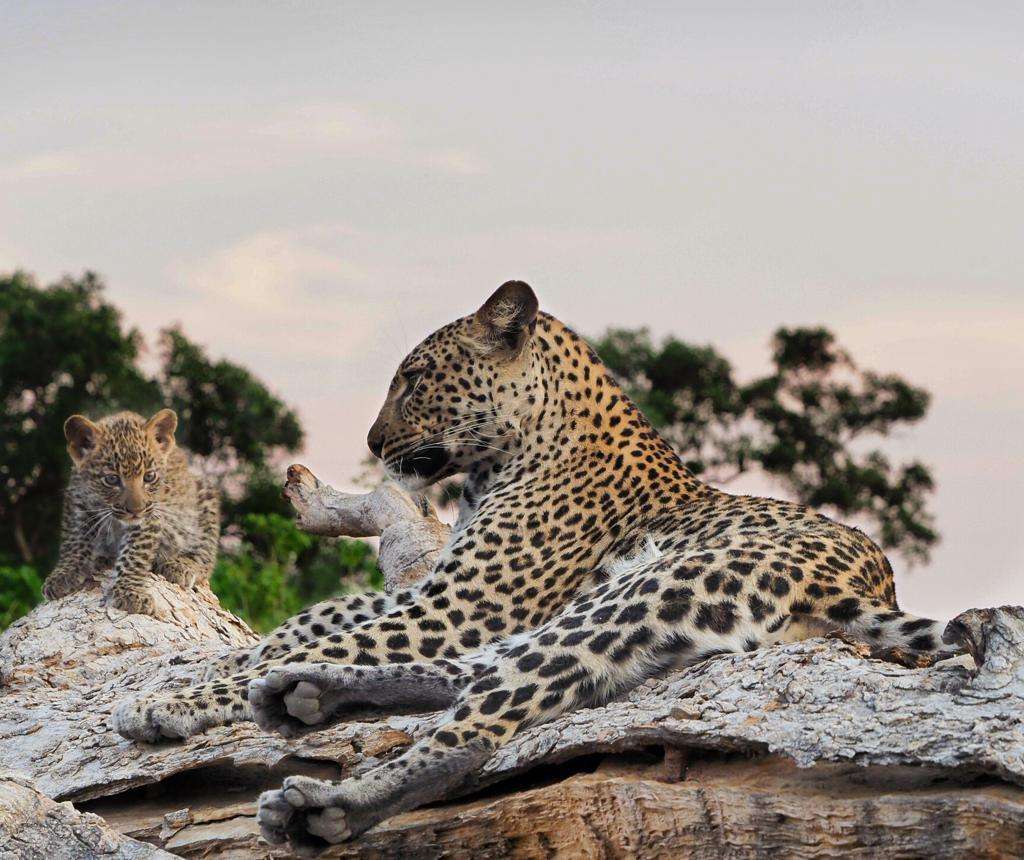
Human wildlife-conflict extends to leopards too – in populated areas near leopard habitat, farmers often blame leopards for the loss of their livestock and target them by leaving out poisoned carcasses
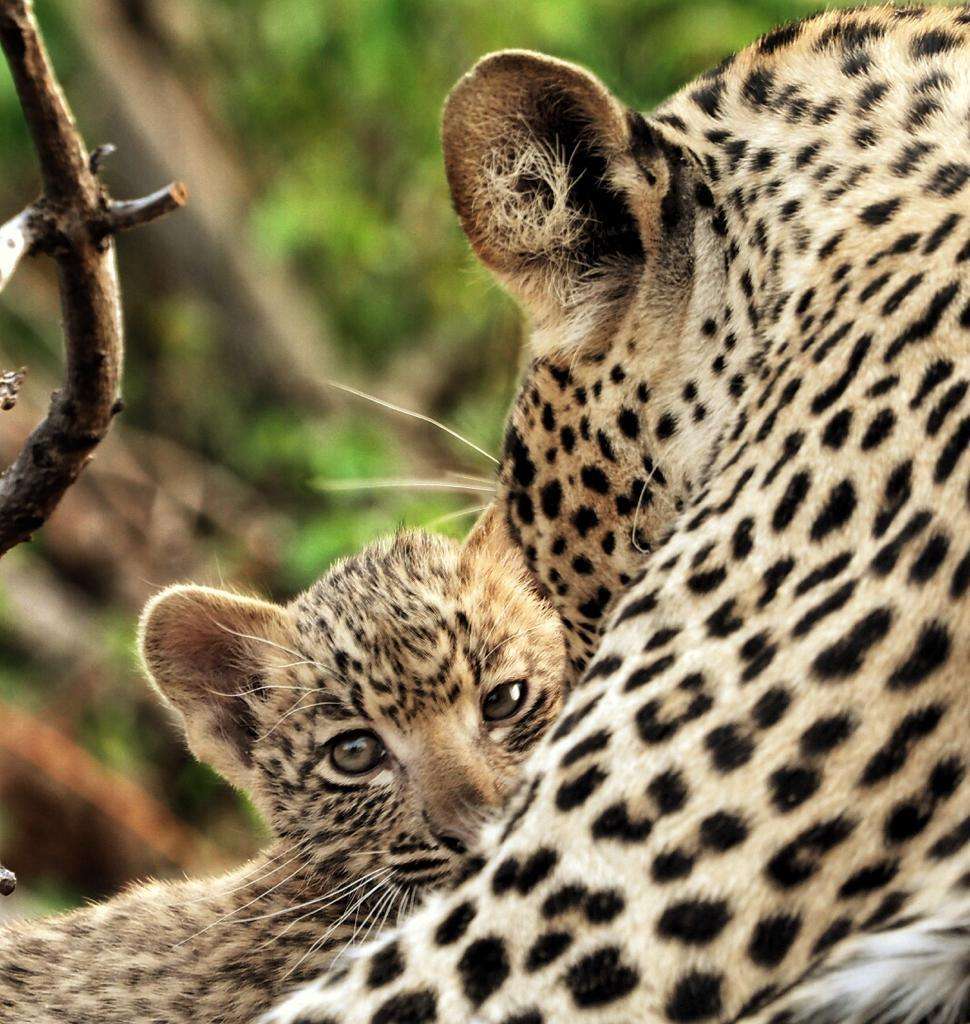
Differing from lions, leopard cubs are born with a clear coat and the spots only appear after a couple of days
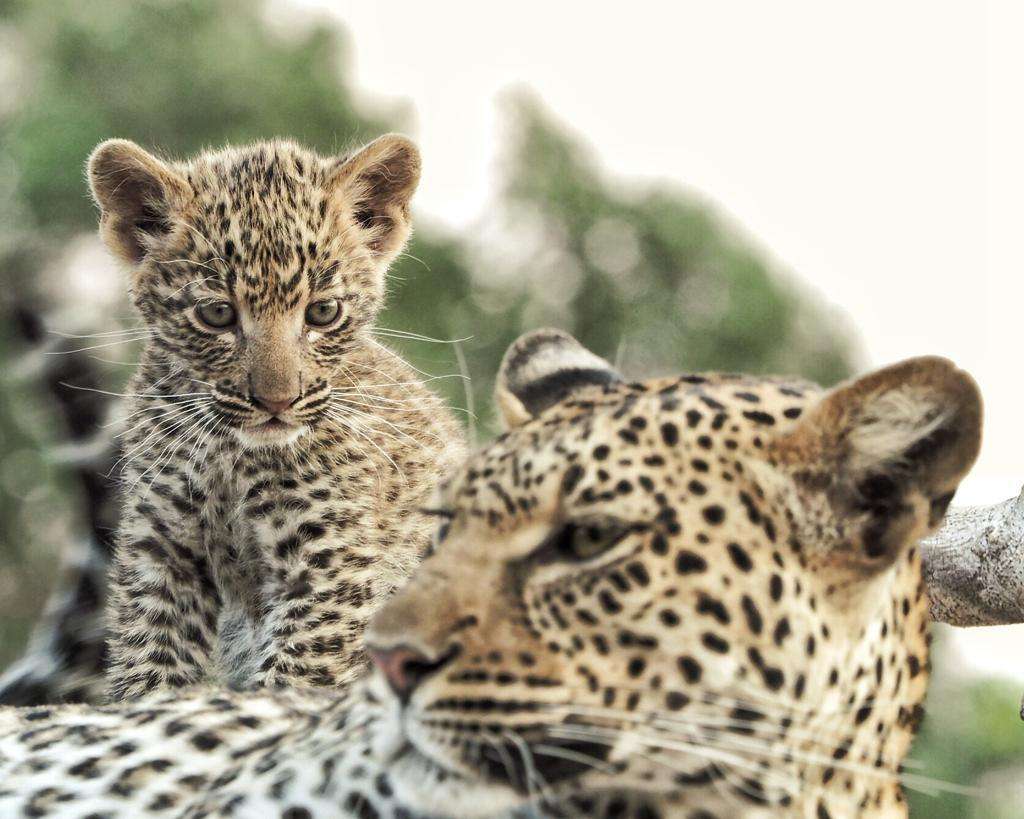
Cubs will remain with their mothers for food and protection for approximately two years – at which time the mother will move on, having taught them to hunt and survive on their own
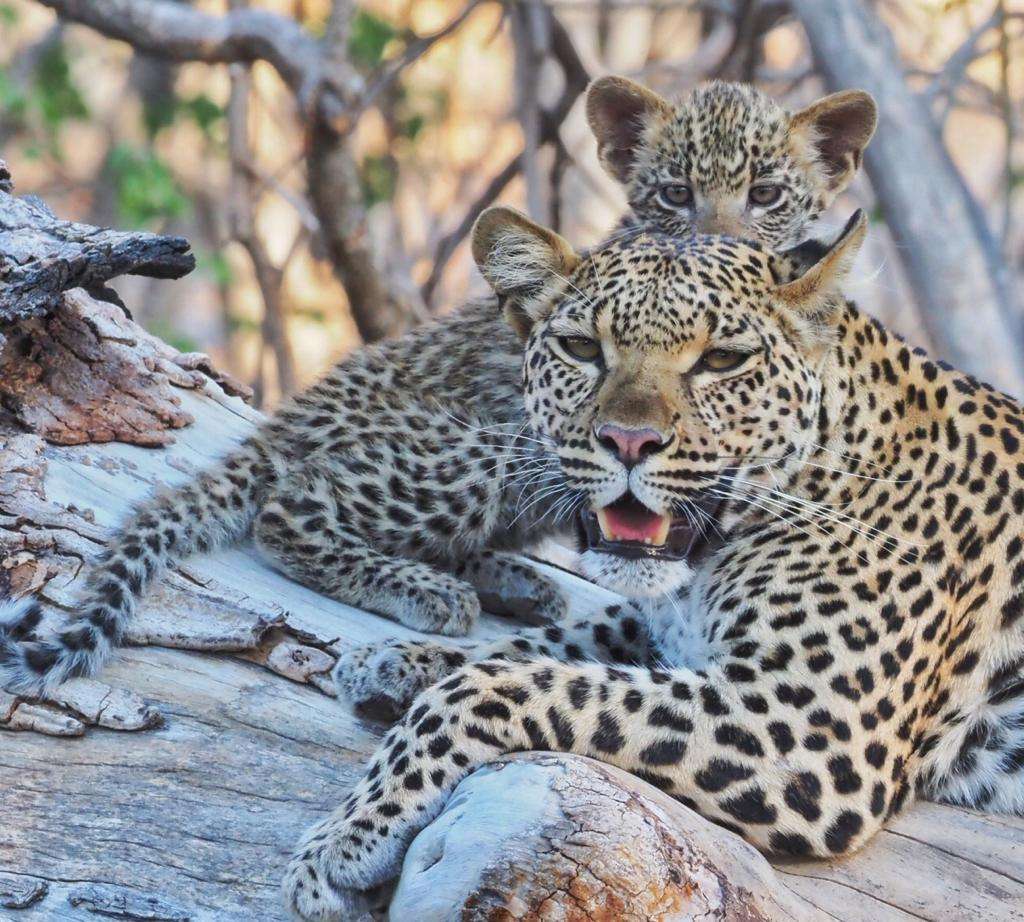
The most secretive and elusive of the large carnivores, Panthera pardus, is classified as Near Threatened on the IUCN Red List
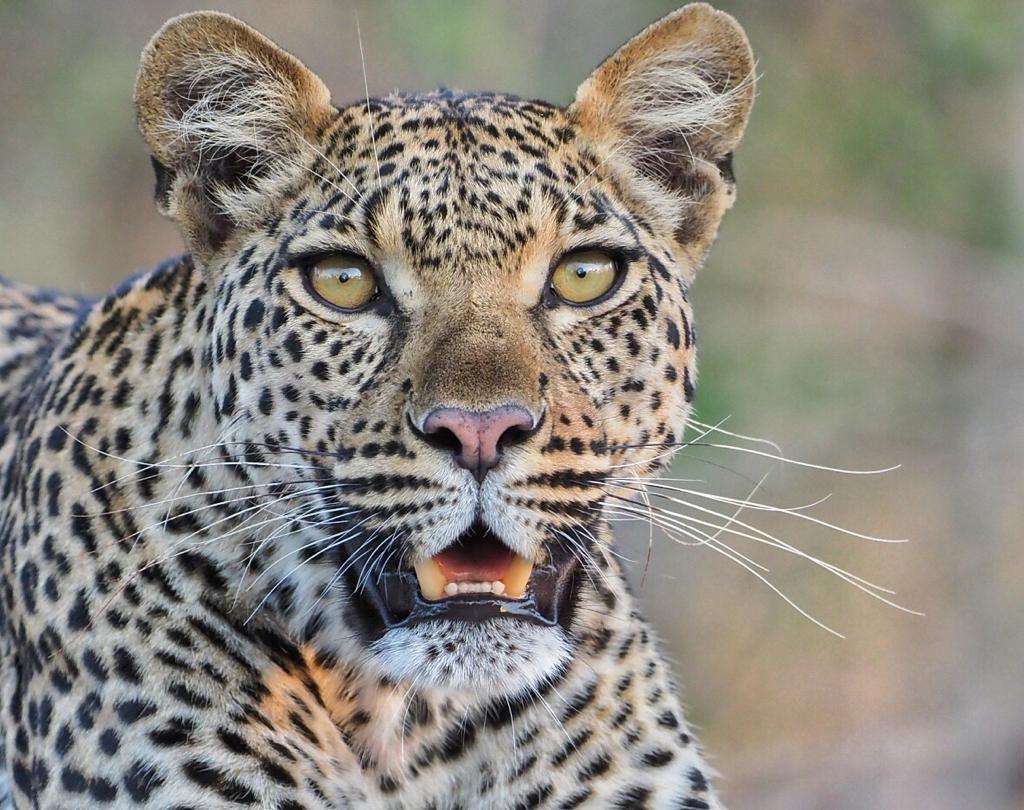
After the lion, leopard are the next-biggest African cat, with an average body mass of between 60 kg and 70 kg, and can live up to 15 years in the wild
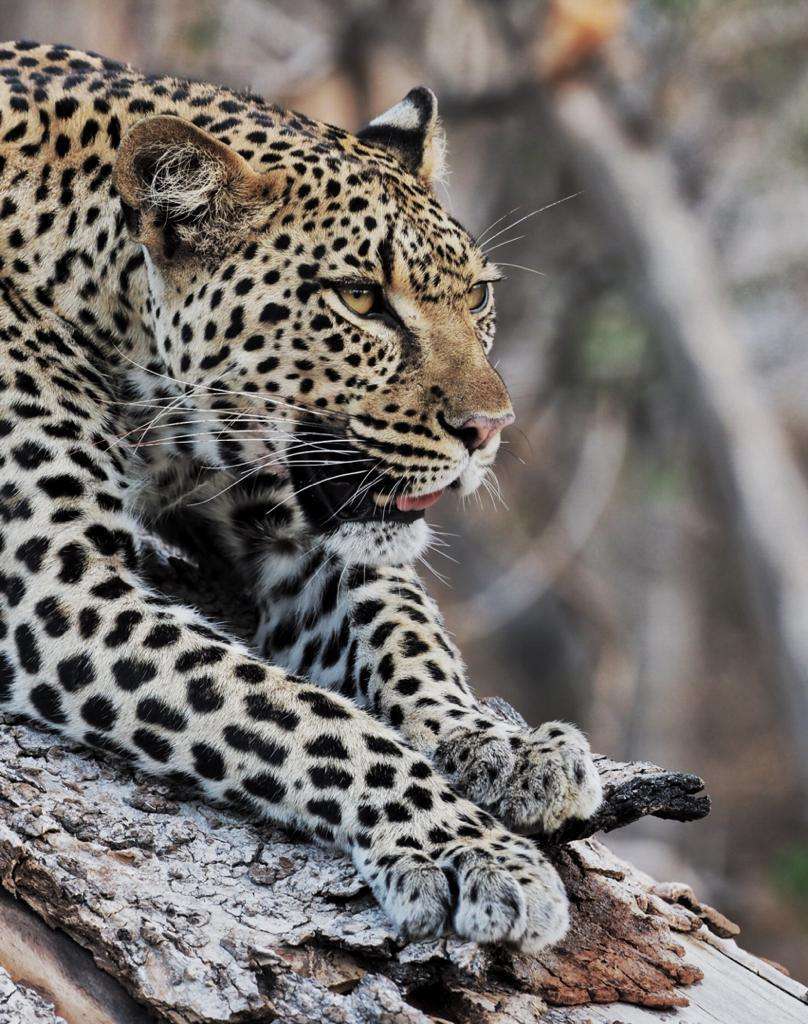
Leopards are capable of carrying animals heavier than themselves, and will often drag their prey into a tree. This tree protects the carcass against scavengers and allows a few days of undisturbed feeding. Read this unusual story of an elephant calf that was dragged into a tree by a leopard at Savuti Camp.

Attracted either by the joviality of the group or the potential scavenging opportunity, this fabulously intelligent spotted hyaena (AKA laughing hyaena) interrupted a sundowner at Mombo ‘wanting’ his own gin and tonic

Let’s plan your next journey
Ready?
When we say we’re there every step of the way, we mean it, literally. From planning the perfect circuit, to private inter-camp transfers on Wilderness Air, and easing you through Customs. We’re with you on the ground, at your side, 24-7, from start to finish. Ready to take the road less travelled? Contact our Travel Designers to plan an unforgettable journey.